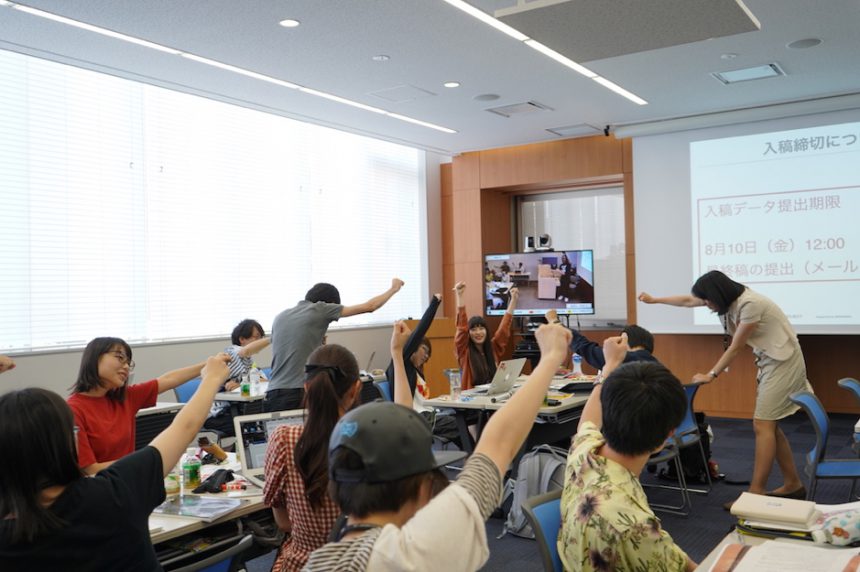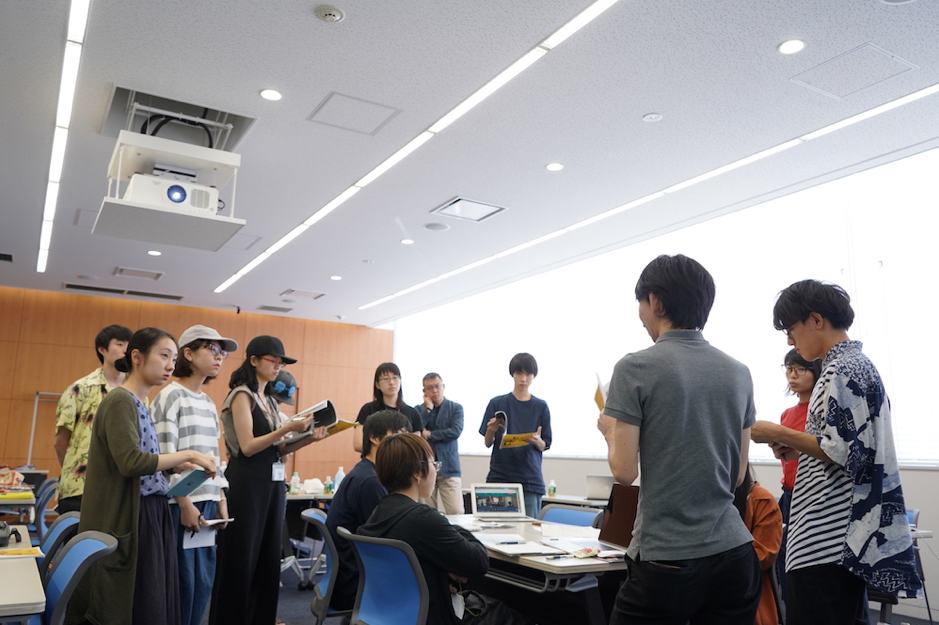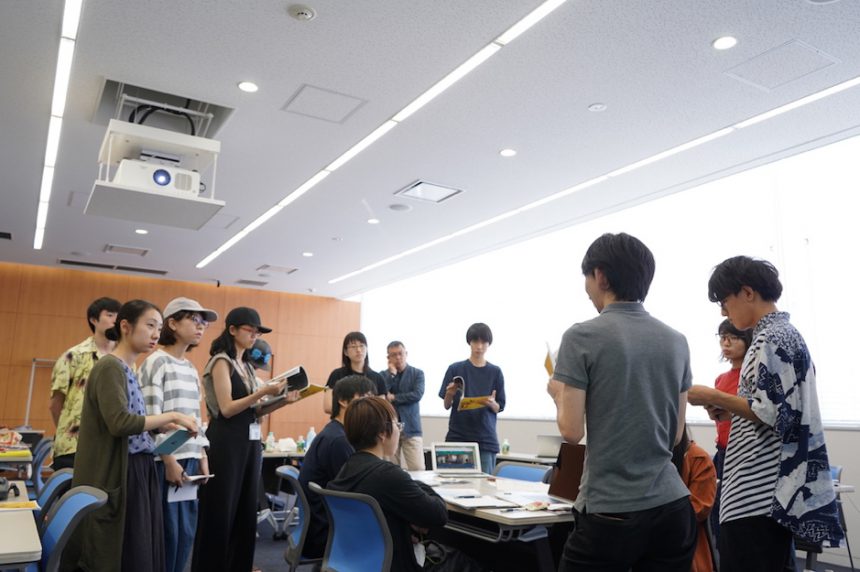
The third and final meeting was held in late July, as the heat continued. As this was the last opportunity for each team to gather together, we will be reporting from the Kansai side on the members working together towards completion.
Click here to see what's happening in the Kanto region at the same time.
The first draft has been released! What issues have emerged with the addition of support members?
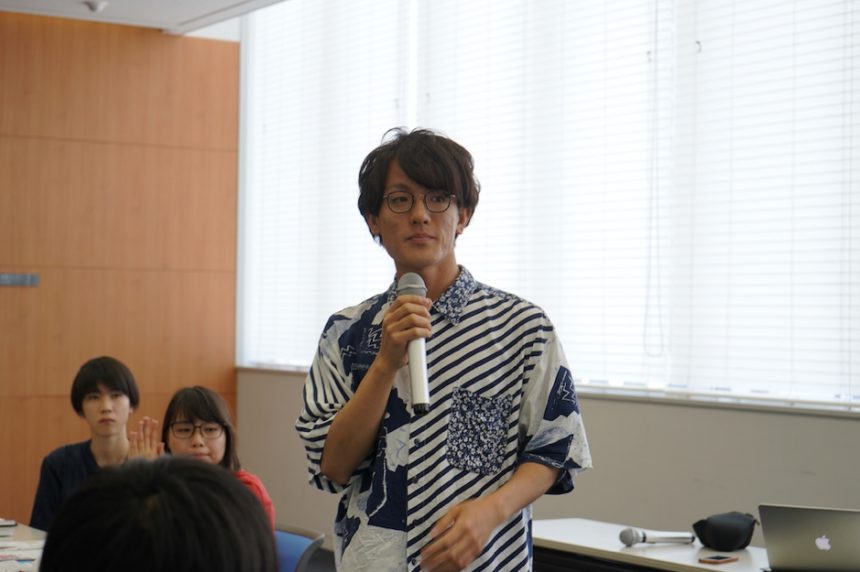
At this subcommittee meeting, where the first draft was submitted, each team held multiple meetings and put their content on paper.
At that time, there were probably many things that you didn't understand, such as how to typeset, the content of editing, etc. So we decided to have active designers and editors participate as advisors so that they could discuss these issues!
In Kansai, we have a new advisor, Ryota Mizusako, a designer from Kansai! As he was the editor-in-chief of a free paper organization during his student days, he will be a reliable help in creating the magazine!
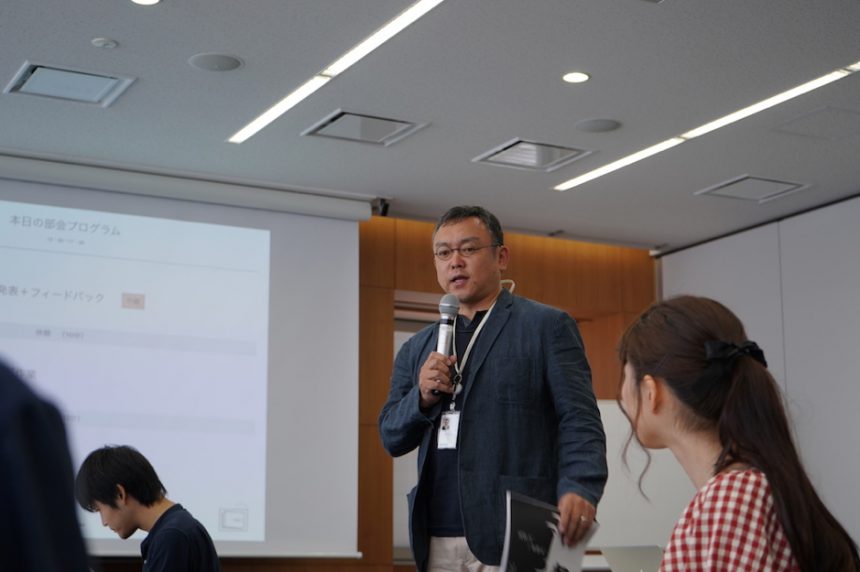
During the first half of the meeting, while reviewing the first draft, the advisor and manager gave advice to remember who the book is being made for, to think from the reader's perspective about the structure so that it will make them want to read it, and to edit and design with the intention of creating a sense of unity when viewed as a whole and creating differences between each page.
The real challenge is yet to come! I think we've noticed some things by comparing the whole picture, and the key to success will be how we solve the issues that have come to light!
Next, each team gave a presentation on their first draft. They explained how they edited and designed the paper and shared the layout they were aiming for.
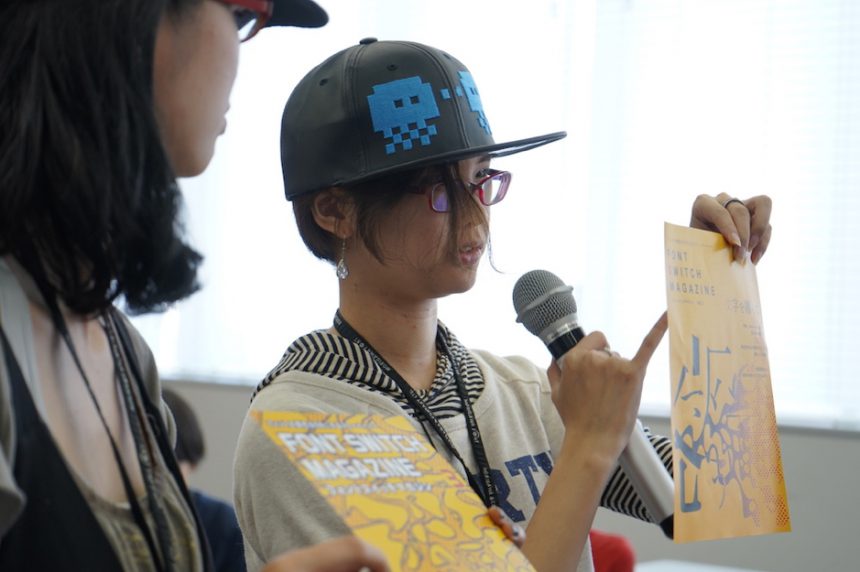
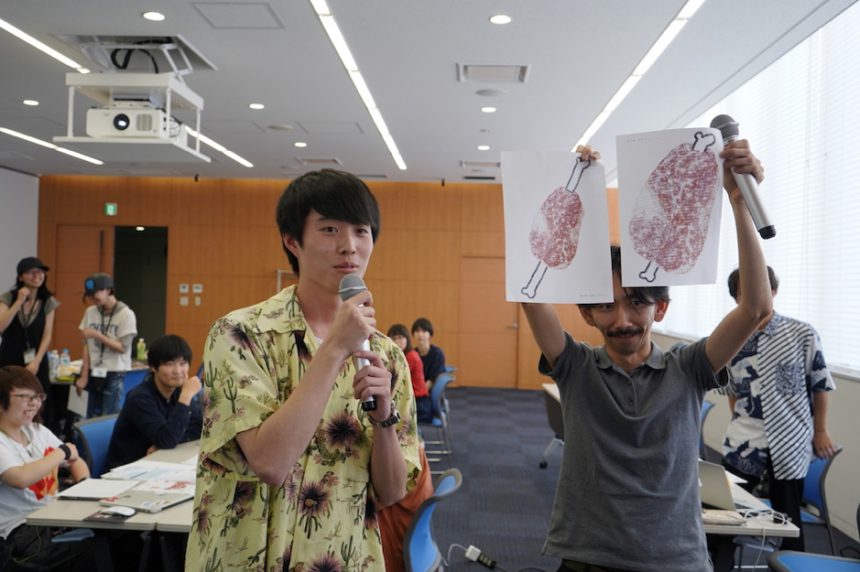
In Kansai, the visual team is responsible for more pages than any other group, including the cover, table of contents, editor's notes, advertising pages, and the visual page that takes up one page within the booklet. As each part is being worked on by different members, it seems they are struggling to create a sense of unity.
The feature team had been struggling with how to put together the interview with video designer/art director Iguchi Kota, and apparently had already brushed up the first draft they submitted by this day. The advisor and manager gave advice on how to make the page appealing, including how to use type to make the most of the designer's individuality and how to use images.
The MOTC team compiled the results of a workshop they held with typeface designer Tomomi Kanda in July, using caricatures to introduce the results of the day. There is still much more to include about the day, and we look forward to seeing the team improve their work in the future.
Lastly, we have the Typeface Research Team. In their first draft, they used lots of illustrations to create a friendly page! The ultimate goal of this booklet is to make readers want to use the fonts right away. The Typeface Research Team is responsible for the article that comes closest to achieving that, so they're approaching it from a student's perspective and making the final adjustments towards that goal!
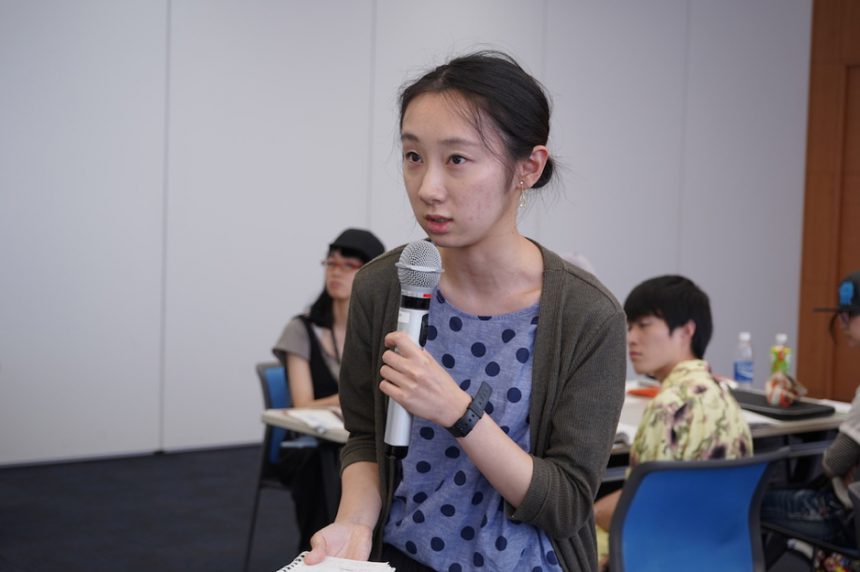
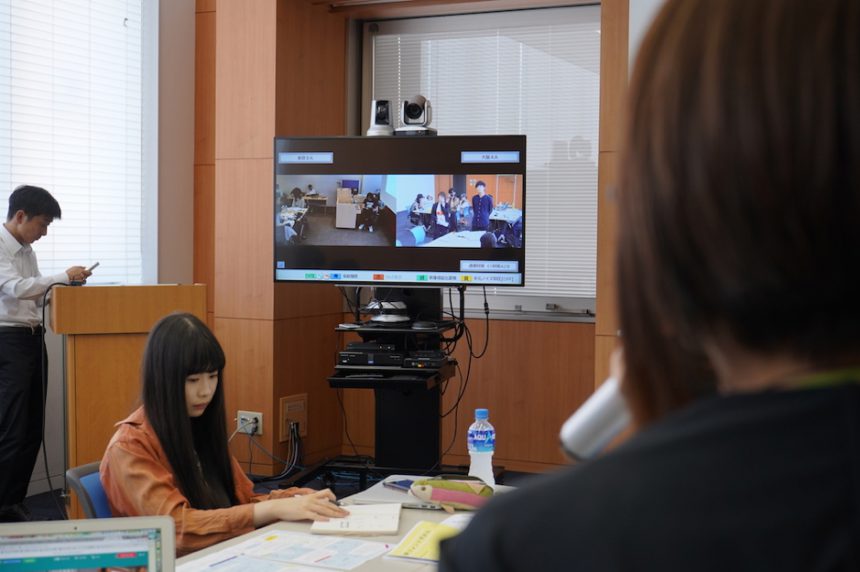
After listening to the first drafts of the entire team, the students were able to think about their own shortcomings and the goals they are aiming for as a team. From the second half of the session, they put the advice they received to good use and made the final push towards completion!
The final meeting! Don't forget your original intentions
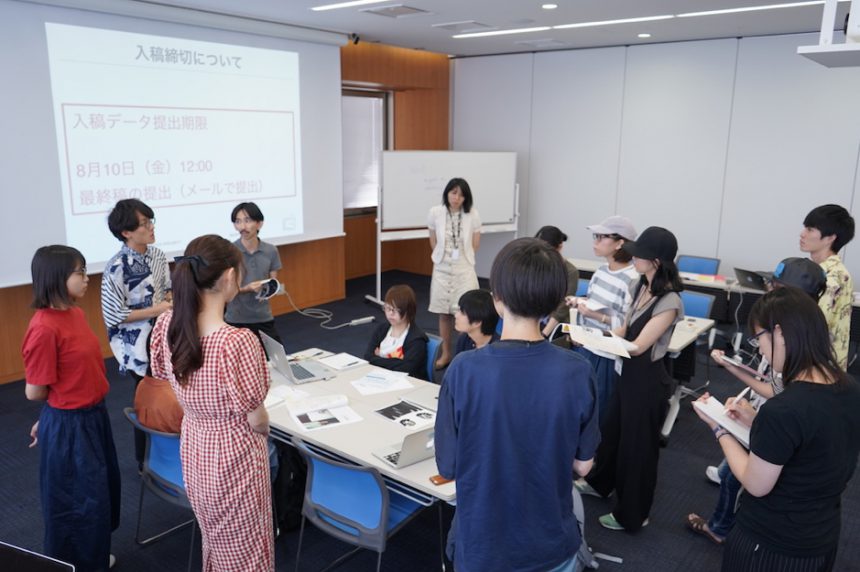
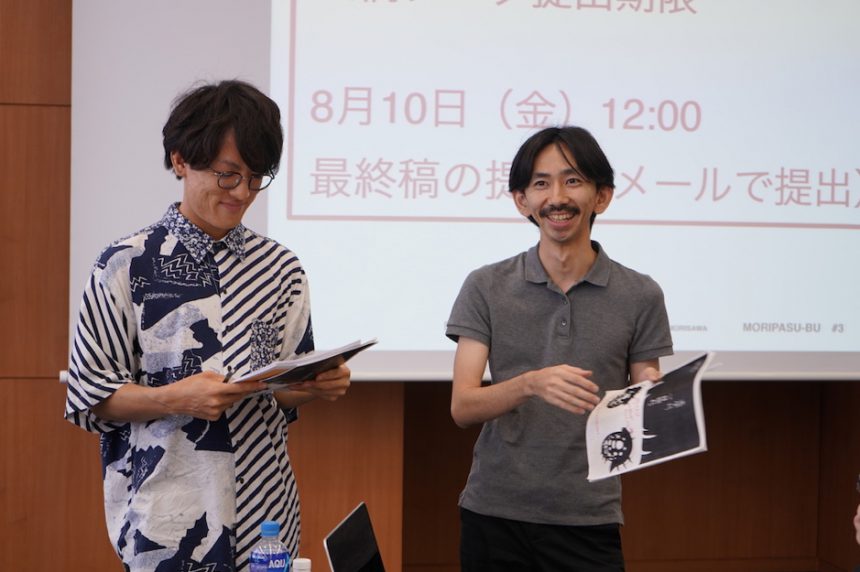
In the second half, the entire Kansai team met to review the advice they had received in the first half.
First, managers Yamada and Mizusako pointed out that the Kansai theme, "Wearing Letters," was becoming difficult to see, and the entire team decided to reconfirm their interpretation of the theme. After sharing their own ideas about "wearing," they seemed to realize the importance of first organizing what they wanted to communicate and how they could convey the theme to readers.
Yamada also commented, "Right now, it seems like a lot of emphasis is being placed on the design of the page when it comes to the theme, but I'd like you to put more effort into things like catchy slogans and lead sentences for articles. There's still a lot of room to come up with things that will make people want to read it at first glance." This gave us an opportunity to think about ways to make the booklet more appealing, not just in terms of visual design.
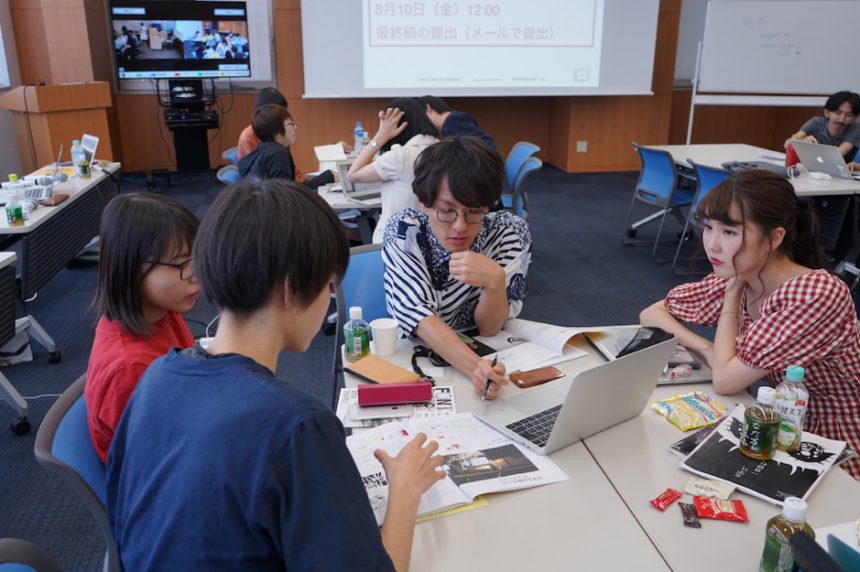
After the meeting, each team will begin to brush up on their ideas.
Mizusako carefully listened to the intentions behind the design and consulted with the team about the basics of design, such as how to typeset text and use images. We also heard about things other than design, such as key points to keep in mind when creating a free paper, based on his own experience.
He also made an impression by proactively offering advice, including opinions that are difficult to voice within the team, such as, "The opinions we all decide on may be important, but it's better to keep in mind that it's a double cover and choose colors that take into account the balance with the Kanto region."
The whole team runs to the finish line!
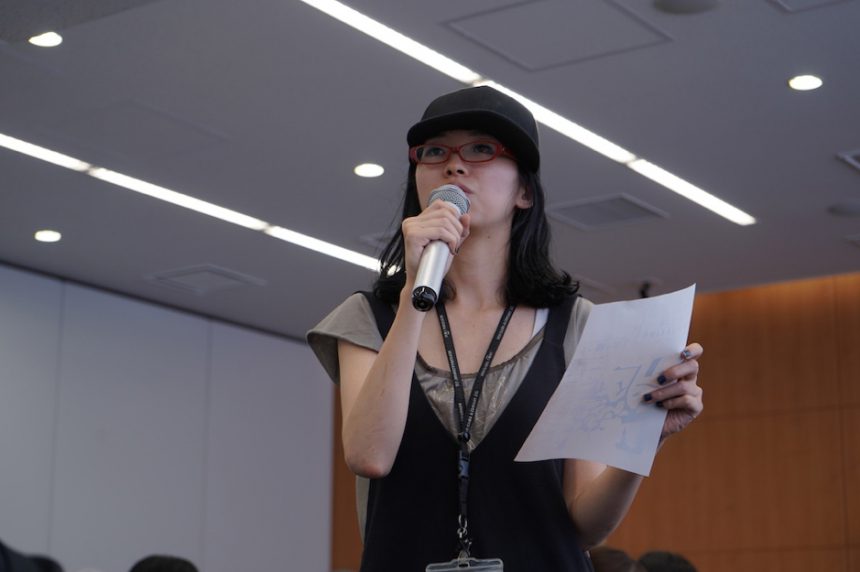
At the end of the day, the teams presented their decisions and future schedules. It seems that each team was able to come up with solutions to the issues that had come to light, and now it's just a matter of battling the deadline!
Advisor Nitano commented, "As someone from Kyushu, I think the essence of Kansai is a place that accepts both new and old things. If you can incorporate that kind of thing, I hope it will become something very broad-based." This made me feel like I had found an answer to my vague idea of what "Kansai is."
Some teams are still not sure when the project will be completed, and anxiety and impatience are building, but this is the crucial moment. We must make one more push to create something that satisfies us!
The event ended with a shout from Manager Yamada!
The deadline for submitting this paper is August 10th, so there is only a little time left, but I hope that both the Kansai and Kanto regions will come together and push forward to complete it! Yay yay!
